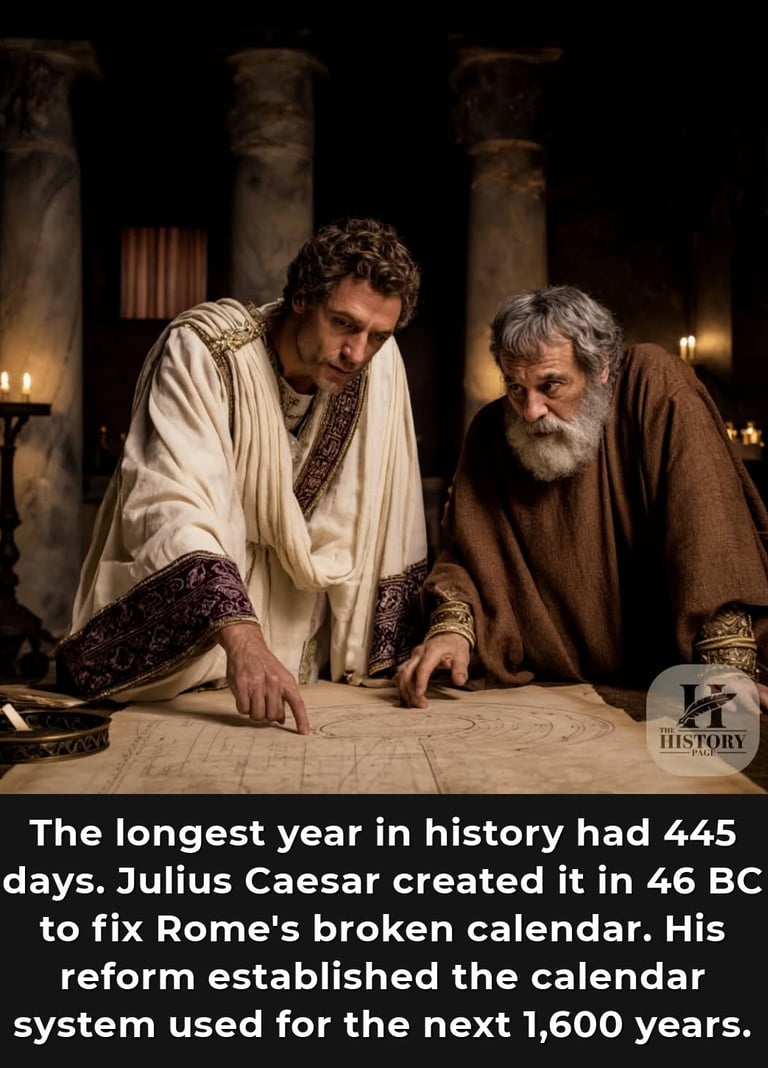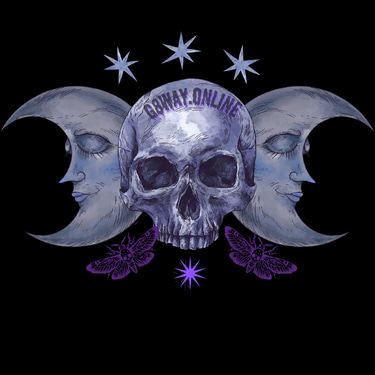Mankind's relationship with time has been a long, tangled saga—spanning cosmic observation, religious traditions, pragmatic tweaks, power plays, and even conspiracy theories. From tally marks on bones to atomic precision, we’ve twisted and turned calendars so much that you’re right to ask: *where are we even?*
🕰️Let's start waaaaay back. . . Ancient Timekeeping:
Consisted of cosmic markers & primitive tally systems that led to a Patchwork of Celestial and Natural Rhythms.
-Lunar tally bones: Prehistoric artifacts like the Ishango Bone (~20,000 BP) suggest early lunar-cycle tracking.
-Stonehenge & Newgrange: Megalithic monuments aligned with solstices and eclipses—early “calendar monuments”
-Egyptian astronomy & early solar calendars: Used the heliacal rising of 365-day solar calendar around 3100 BCE.
-Divided days into 12 decans (about 2-hour segments) and months of 30 days plus five epagomenal days.
-Babylon, Mayan, and Hindu used Lunisolar Innovations;
-Babylonians used 12 lunar months (~354 days) and periodically intercalated a month to sync with the solar year.
-Maya had multiple overlapping cycles (260‑day Tzolk’in, 365‑day Haab’, longer count) with astronomical alignment.
-Hindu lunisolar calendars merge lunar months with solar years, inserting “leap” months via complex algorithms.
A Patchwork of Celestial and Natural Rhythms
🏛 Roman Reforms: Caesar to Gregory
The Julian overhaul went like this: Julius Caesar’s 46 BCE "Year of Confusion" had 445 days as he reset the Roman calendar to align with the seasons. He instituted a solar calendar with a leap day every 4 years—but the 365.25-day calculation was slightly off. Albeit a lot better than it was, but still.
Enter The Gregorian Correction
By 1582, the Julian calendar was about 10 days ahead. Pope Gregory XIII refined leap-year rules: century years skipped unless divisible by 400. This Gregorian Correction is a historical adjustment that literally changed how we keep time, and it's why our calendar today is called the Gregorian Calendar. Let’s break it down simply:
🧮 Why was a correction needed?
The older Julian calendar, created by Julius Caesar in 45 BCE, assumed the Earth’s orbit around the Sun took exactly 365.25 days — so every 4 years, they added a leap day. But... the actual solar year is about 365.2422 days. That’s 11 minutes too long per year in the Julian system. Over centuries, those 11 minutes added up — causing the calendar to drift 10 days out of sync with the seasons by the 1500s!
⏳ Warning: This Is Going to Get Confusing
If you thought “what year is it?” had a simple answer—get ready to have that confidence wrecked. Humanity’s attempt to track time is one of the most confusing, tampered-with, manipulated, and rewritten endeavors in our entire history. From star alignments to political overhauls and religious authority, we’ve never quite agreed on when we are. Multiple civilizations have invented, destroyed, corrected, and recalibrated time itself. Even today, we’re using a calendar born of power plays and patched over centuries with leap days, skipped days, and philosophical resets. And just when you think you understand how we got here, you stumble upon something like the Holocene calendar and go, “Wait… what?!”




Unconventional Eras & Calendar Concepts
Holocene / Human Era (HE) This craziness was proposed by Cesare Emiliani (1993), HE adds 10,000 years to CE so that 2025 CE becomes 12,025 HE Aimed to remove AD/BC ambiguity, provide no “year zero,” and root time in broader human history (Neolithic Revolution) However, critics pointed out imprecision: the actual Holocene epoch began ~9700 BCE, not exactly 10,000 years ago. Reddit users note it's “convenient” but semantically misnamed if tied to geological epochs.
And now for the Phantom Time Hypothesis
A conspiracy proposing that ~300 years (AD 614–911) were fabricated during the calendar reform—most academic historians dismiss this. Not surprisingly, being that they would have to explain it.
💡 How Calendar Manipulations Shape Us
Cultural & religious power
Calendar reforms often reflect religious authority—Christian churches via Gregorian reform; Islamic culture uses lunar Hijri calendars; Jews use lunisolar Hebrew calendar. These affect holidays, politics, identity.
*I feel a need to quickly cite that while the rest of us are living in 2025, the Jews are currently living in the year 5785 AM (anno mundi, [just saying])
Scientific precision and confusion
Moving from solar to atomic times has spawned extreme precision, but with complications: leap seconds, time zones,
UTC vs. TAI.
Historical date conversion remains fraught: “year confusion” in Julian-to-Gregorian transitions relates to dual dating of events (e.g. Shakespeare vs. Cervantes)
Psychological & geopolitical framing
Using AD/BC centers Christianity; HE broadens perspective to a shared human dawn.
But any epoch decision is political—0 in AD means Jesus; 10,001 HE means Göbekli Tepe. Who decides? Does humanity get to shift its calendar?
🔭 So—are we living in the “right” time now?
There’s no single “true” calendar. Each system is a human construct intended to serve a purpose: agriculture, religion, science, identity. Accuracy? Modern atomic clocks tied to TAI/UTC are extremely precise—but calendars are still imperfect social tools.
Manipulation? Calendar reforms often mask power—church dominance, political centralization, nationalism. Perspective? Concepts like Holocene Era try to give a broader lens, but foundational assumptions still shape reference points.
✅ Conclusion: Timekeeping as Human Storytelling
The messiness of calendars—ancient monuments, Julius Caesar’s 445-day year, papal bulls, added zeros—is a testament to humanity’s need to structure time. We altered calendars for crops, conquest, religion, coherence, cultural identity, science, even political myth. Timekeeping isn’t just math—it’s a narrative about who we are and how we see ourselves in history.
So yeah: who’s to say which calendar had the right to interfere? The act of naming years is itself a powerful claim. Our systems reflect our priorities—and sometimes our insecurities: needing unity, control, meaning.
🌍 Where We Are
* Civilly: globally, we mostly use the proleptic Gregorian calendar adjusted via UTC and leap seconds.
* Religiously: multiple calendars coexist—Hebrew, Islamic, Hindu, Buddhist, etc.
* Conceptually: some propose universal eras like Human Era (HE) to re-center on long-term human history.
* Factually: reality isn’t in any calendar—it’s what clock ticks, astronomical events, and social convention agree on.
In the end, our calendars are less about objective time and more about how we choose to narrate it. And that’s both a bountiful and maddening truth!
https://en.wikipedia.org/wiki/History_of_calendars
https://www.nist.gov/pml/time-and-frequency-division/popular-links/walk-through-time/walk-through-time-ancient-calendars
https://www.masterclock.com/origins-of-the-modern-calendar.html
https://www.calendar.com/blog/different-calendars-humans-have-used-throughout-history/
https://en.wikipedia.org/wiki/Gregorian_calendar
https://en.wikipedia.org/wiki/Holocene_calendar
https://bigthink.com/the-past/phantom-time-hypothesis/
⛪ Enter Pope Gregory XIII; he introduced two key changes to fix this drift:
Skip 10 days: October 4, 1582, was immediately followed by October 15, 1582. That realigned the calendar with the spring equinox.
Refine the leap year rule:
A year is a leap year if divisible by 4Except if it's a century year (like 1700, 1800, 1900)
Unless it's also divisible by 400 (like 1600 and 2000)
So:
✅ 1600 → Leap year
❌ 1700, 1800, 1900 → Not leap years
✅ 2000 → Leap year
This corrected the overcompensation of leap days in the Julian calendar.
🌍 Patchy adoption across the world:
Catholic countries (Spain, Italy, Portugal) switched in 1582
🌍Protestant & Orthodox countries held out:
Britain (and its colonies, including America) switched in 1752
Russia waited until 1918
Greece? Not until 1923
📆 "Old Style" (OS) vs. "New Style" (NS):
Because of this slow adoption, some historical dates exist in two versions. Like so:
Shakespeare and Cervantes both died on April 23, 1616...
But due to calendar differences, they died 10 days apart in "reality."
The Gregorian Correction:
Fixed a 10-day drift in the calendar
Tweaked leap year rules to keep things accurate
Took 341 years to be universally adopted
Resulted in “Old Style” vs. “New Style” confusion for centuries
